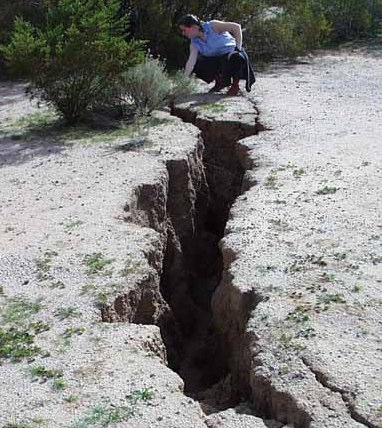In any given era, humanity gives rise to just the right number of heroes, geniuses and saints to keep itself balanced and alive on its checkered evolutionary journey. When it is in crisis, it gives rise to Cassandras. Our epoch is chockablock with them. Some of them even announced the very date of the earthquake in Japan. 
Our prophets include climate-change environmentalists, anti-nuclear activists, telluric scientists and astrologers, who for years now have been talking about the likelihood of earthquakes (Uranus) and nuclear disasters (Pluto), as well as water disasters (see March’s Skywatch).
All those who are not asleep have heard the warnings. We’re past the point of incredulity now. Being shocked is no longer sufficient. Consciousness seekers need to be considering the meaning of catastrophes like the one on March 11th.
To respond, rather than to react, means taking in the significance of these instances of human suffering; and bringing to bear our highest understanding to fathom their implications for each of us on the level of individual spiritual growth. I discuss this process in more detail in April’s Skywatch.
All three elements – earth, fire and water – are contained within the symbolism of this record-breaking quake and tsunami. The irradiated Japanese atmosphere supplies the fourth– air. The initial geological spasm occurred mere hours before Uranus hit the explosive Aries point, the singular degree that starts the zodiacal cycle like a bullet from a gun. The news that five nuclear reactors were imperiled hit the news when the ingress [entry into a new sign] was exact.
The Gulf disaster of 2010 had the same relationship to the ingress of Chiron into Pisces, a transit that reflects back to us our own wounded condition. The doomed oil rig blew up the very day Chiron crossed that zodiacal threshold. Clearly these ingresses are signals, demanding our attention. They indicate juncture points at which the consequences of humanity’s environmental folly are exploding in our face.
At this writing, at least two of Japan’s reactors are dangerously unstable, giving the crisis a reach that extends far beyond the local. This latest disaster was meant to wrench every one of us, everywhere in the world, out of our slumber. Its purpose was to provoke questions; life-or-death questions.
Such as: At what point did people start getting complacent about nuclear power? When did the compelling image of the Doomsday Clock — once a looming symbol in the collective imagination – disappear from public discussion? It is time to start listening again to Helen Caldicott, one of our modern saints.
At first blush it seems so ironic as to defy plausibility that the only country in the world to have had an A-bomb dropped upon it has, over the six decades since then, built 55 nuclear plants on its tiny, unstable land mass — composed of islands that are more prone to earthquakes than anywhere else on Earth. There are so many ironies stacked up here as to signify the presence of a pointed collective karma. What we might think of as the exact opposite of a healthy response — that is, a response to having themselves experienced this unholy weapon — seems to be driven by a perverse unconscious logic. Obviously the Japanese are not alone in expressing the dark side of Pluto; its manifestation as a kind of death wish is a universal in the unevolved human psyche. But where this uniquely Plutonian weapon is concerned, Japan seems to be serving as a canary in the mine.
There are many levels to Pluto’s rulership of nuclear energy, the most literal being the timing of the planet’s sighting in the sky — in 1930, at the advent of the atomic age. Another is the extreme degree of toxicity involved in its production (Pluto governs pollution), which creates detritus so dangerous that it is impossible to dispose of safely. Another is the secrecy (Pluto is about underground maneuvering) in which the plans were hatched to build and deploy the atom bomb (see Eric Francis’ article on the chart of the nuclear age). And finally, the most terrible to consider, is the apocalyptic extremism of this deadliest of human concoctions. In atomic weaponry, Pluto, the god of Death, has offered us a uniquely modern image for the opposite of creation.
All of these dimensions of the square between Uranus (technology) and Pluto (mass destruction) have been prodded awake in the global consciousness by the disaster in Japan. Anti-nuclear activists have been energized worldwide. Less than a week after the tragedy, Germany has closed all of its aging nuclear plants for the time being in response to demands from the public; France and Britain’s governments are feeling similar pressure. There are signs even in China of a resurgent anti-nuclear movement.
The Vernal Equinox (discussed in my new lecture, “Uranus Squared“) falls on a perigee Full Moon. Mars enters Aries a few days later, and when it moves into orb with Uranus and Pluto it will serve as a trigger transit. We should be ready to convert this furious surge of energy into decisive action and start channeling our inner warrior.
It is becoming more and more important to eschew fear, and use the urgent energies upon the Earth in the most conscious possible way. This is how immeasurably destructive power is transmuted into a collective force that is immeasurably creative.

